What Is The Main Characteristic Of Narrative Writing
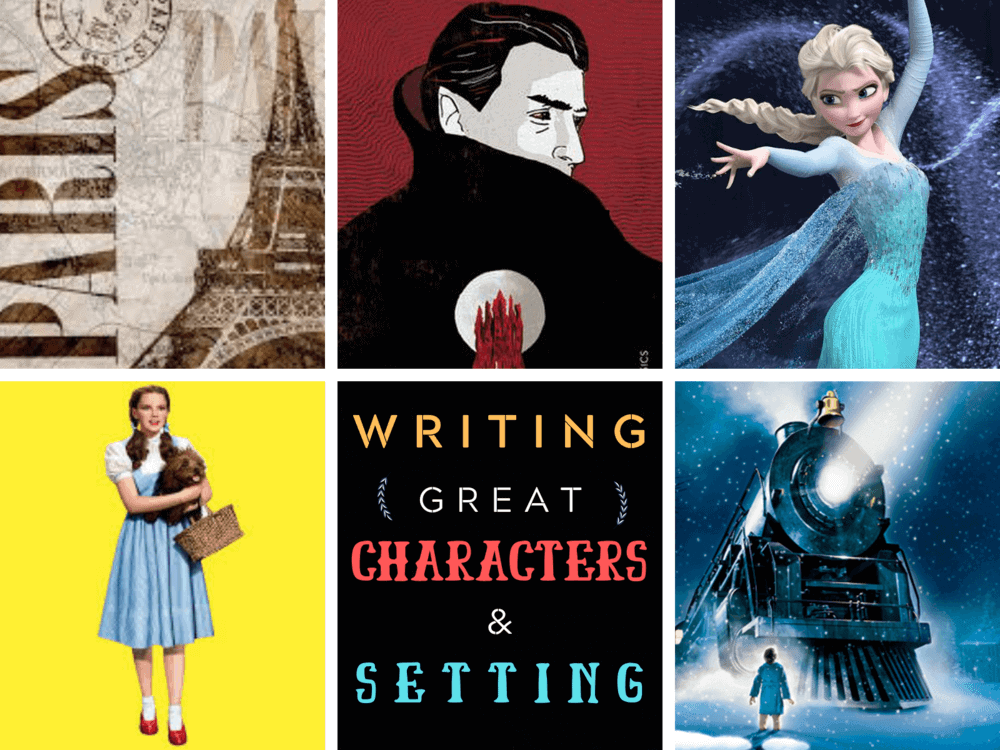
STORY ELEMENTS: How to Write Great Characters and Settings

You can't have a good story without the characters to do things and places for them to do those things in. In this article, we're talking about great characters and settings and how to write them.
Characters and setting are two key ingredients that form the basis of an excellent story. If you are unfamiliar with these story elements be sure to read our complete guide here.
We all know people and we've all been places, but this is no guarantee that we are able to effectively bring them to life in a story. Luckily, as writing is a craft, our students can learn some useful strategies and techniques to help them write both more convincingly.
THE STORY TELLERS BUNDLE OF TEACHING RESOURCES

A MASSIVE COLLECTION of resources for narratives and story writing in the classroom covering all elements of crafting amazing stories. WEEKS WORTH OF WRITING LESSONS AND RESOURCES including:
- Narrative Fundamentals
- Complete Story Writing Units
- Elements of Story Writing Introductory Unit
- Creating great Characters & Setting
- Advanced Story Writing Unit
- Story Elements Unit Advanced
Great Character WRITING SKILLS AND TASKS FOR STUDENTS
Simply put, characters are the people who do the things in a story. Even if the story contains non-human characters, they will likely still need to present as being psychologically real in the human sense.
So, how do we go about the task of writing characters that ring true? How do we create multi-dimensional doers of the deeds in our stories that appear to live large well beyond the confines of the flat page or screen in front of us?
1. Start With Archetypes
Archetypes are the types of characters that reappear time and again; across time and cultures. They are templates or symbols of the kinds of people that drive the action in our stories. They have peopled the worlds of our stories from time immemorial.
You'll find these characters categorized with terms such as The Hero, The Villain, The Innocent, The Mentor, The Everyman. There are many others too and they provide excellent starting points to drive the action of any type of story.
Task:
To help your students identify an archetype for their story, ask them to consider the main characters of their favorite stories. What do they have in common? What differentiates them? How could they define their role in the story in one or two words? Can they think of any examples of these types of characters in other stories where they perform similar functions – especially across different genres?
Now we have a starting point to build believable characters, it is time to flesh them out and move beyond mere symbols.
2. The Devil Is In The Detail
To create authentic, believable characters to people fictional worlds requires great attention to detail.
While many characters across a diverse range of genres are united by their adherence to an archetype, they are individuated in their detail. There are a number of levels of detail for the student writer to consider here:
i. Physical Appearance and Mannerisms
We are very visually orientated as humans. It has played a large role in our success as a species. So, the appearance of our characters remains important even in the printed word.
There will most likely be a time during the exposition when the writer will share the physical appearance of an important character with the reader. This may take the form of an explicit description or be implied through the action, for example, "He stretched to reach the coffee on the shelf" could be used to imply the character is short in stature.
Accompanying the character's physical appearance, mannerisms give us more information not just on how a character looks and acts, but they can also provide insight into the workings of their internal world, whether revealing a personality trait or a fleeting emotional state.
For example, a character who is described as constantly standing with head hung low, avoiding eye contact, while walking with a shuffling gait may be one who lacks in confidence.
Task:

Choosing one of the archetypes identified in the previous activity, ask the students to write a few paragraphs on their character, describing and revealing their appearance and mannerisms as discussed above. They may also base their character's personality and/or mannerisms on real people they know. This is a great way to bring in the kind of realistic details that breathe life into the characters on the page.
3. Give Them a Goal and a Reason
Your characters must be driven by some goal. If the actions of a character aren't motivated by a purpose they will appear to be arbitrary. This will give the reader the sense that they are mere cardboard cutouts being moved by the writer like chess pieces on a board, rather than living, breathing autonomous beings.
Even minor characters must have their reasons for doing the things they do, even if these aren't fully revealed to the reader.
Motivations can be on a grand scale, such as those in epic tales of mythical heroes, but they don't need to be. They can be drawn from a character's personality, fears, flaws, desires, or history.
Task:
Ask your students to select a piece of fiction that they have enjoyed. A popular movie would serve well here, especially if they can't think of a book. Ask them to think of the main characters in the story and identify what motivated them to do what they did in the story. What were they trying to achieve and why were they trying to achieve it? Where did their 'why' come from?
4. Use Plot to Reveal Character
Though we may rightly think of character as an important part of exposition, remember that important rule of good writing: show, don't tell.
While there may be times when the narrative will demand some expository backstory, for the most part, encourage students to reveal their characters through the unfolding of the plot.
The best way to engage in characterization is to reveal a character's quirks and values through how they respond to the events in your story. Setting problems for characters to solve, and creating incidents for them to respond to, allows for a much more natural revelation of personality than endless paragraphs of description.
Task:
Give each student a personality trait to work with. These can be positive traits such as generosity, charm, adventurousness, or negative traits such as vindictiveness, pettiness, or dishonesty. Instruct the students to write a paragraph wherein they place a character in a situation they have created that reveals this trait in their character.
CREATING Great Settings SKILLS AND TASKS
Alongside plot and character, setting is one of the three main elements of a story. While we usually think of setting as referring specifically to place, it is often helpful to also consider the dimension of time when deciding upon a setting for a story.
Let's take a look at some strategies to help students write a great setting.

1. Assess How Important Is Setting in Your Story?
Sometimes the setting of the story will be insisted upon by the story itself. For example, if a student sets out to write a tale of an intergalactic power struggle, then the setting is unlikely to be Victorian London.
At other times, the initial story idea may suggest possible settings rather than insist upon a single one. For example, a story of contemporary teen romance may suggest a high school dance or a summer camp as some of the many possible settings.
When a student has decided on a story which they wish to tell, they should 'listen' to the settings that story may prompt. This doesn't mean, however, that they should strive for the cliché – often subverting the reader's expectations of certain settings for certain stories can tap a rich vein of creativity – and humour!
Task:
Provide the students with the titles of some well-known fables and fairytales. In groups, encourage students to think of novel settings in space and time that might also work for these tales. As an extension, you may also ask the students how this might affect the types of characters they would choose to include in the story.
2. Immerse the Senses
The job of the writer is to immerse the reader in their created world. We perceive the world around us via our senses, therefore to convince the reader to suspend their disbelief it is important to convey well the sights, sounds, smells, and other sensations of that created world.
Strong descriptions of setting can influence the atmosphere and mood of a well-written story. They can also be shown to have a direct influence on the mood and actions of the characters themselves. For example, the impact of the natural environment on the characters in John Steinbeck's The Grapes of Wrath.
Task:
This activity can work well as a homework or short independent research project. Encourage students to go to a place similar to the setting they are considering for their story. Instruct them to record in a notebook as much sensory information as they can about the place. What does it sound like? Look like? Smell like? Feel like to be there etc.
For settings that it is not possible to visit, imaginative reflection will be required, but also encourage the students to think of ways they could get closer to their 'impossible' setting. For example, if space is the setting for a sci-fi story, a visit to a science and technology museum may reap rich rewards.
3. Use Research to Bring Authenticity

We touched a little on this in the last task, but here we take things a step further.
To really bring convincing detail to writing requires research. Nowhere is this more true than in the writing of setting.
Luckily, with the advent of the Internet this has never been easier – no longer is there a need to wade through dusty stacks of yellowing newspapers or to strain over blurry microfiche reproductions.
With the Internet, we have the world at our fingertips. Does your story need to include some detail regarding the street layouts in lower Manhattan, Google Earth will give you that bird's-eye view, while Street View will flesh out the details.
Task:
Have each student choose a setting for a possible story. The setting should preferably be one they have never visited before, cannot visit, or would not visit.
Perhaps the setting in question is a raw sewage treatment plant and your student would understandably prefer not to visit one themselves.
Or, your student needs to bring authenticity to their story set in the International Space Station.
Detailed accounts of these places are all readily available online.
Have students research their chosen setting online and record ten interesting details on it that the average person would not be aware of.
CRAFTING CHARACTERS, SCULPTING SETTINGS
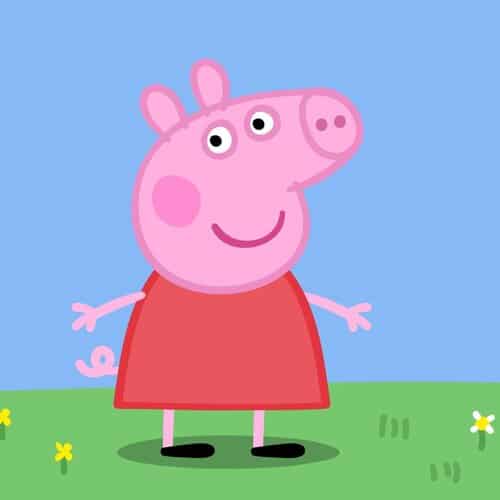
In this article, we have reviewed some effective strategies for helping our students improve in their writing of character and setting. However, the best teacher of how to write great characters and setting is experience.
Once students have a clear understanding of the basics of how to craft a character and sculpt a setting, it is time to provide them with opportunities to practice. Writing lots of complete stories is not, however, the most effective way to do this as endurance and enthusiasm will likely both fade. Don't be afraid to get creative and come up with your own tasks, like those above, which isolate aspects of character and setting writing for more effective and efficient practice.
The more opportunities students have to practice these in their independent writing, the more accomplished they will become in producing great characters and great settings in their own writing.
A COMPLETE UNIT ON STORY ELEMENTS
☀️This HUGE resource provides you with all the TOOLS, RESOURCES, and CONTENT to teach students all about characters.
⭐75+ PAGES of INTERACTIVE READING, WRITING and COMPREHENSION content and NO PREPARATION REQUIRED.
- Lesson Plans
- Teaching Materials
- Visual Writing Prompts
- Assessment Rubrics
- Graphic Organizers
- Research Tools
- Plus Much More
Video Tutorials on how to write great characters
OTHER GREAT ARTICLES RELATED TO STORY ELEMENTS
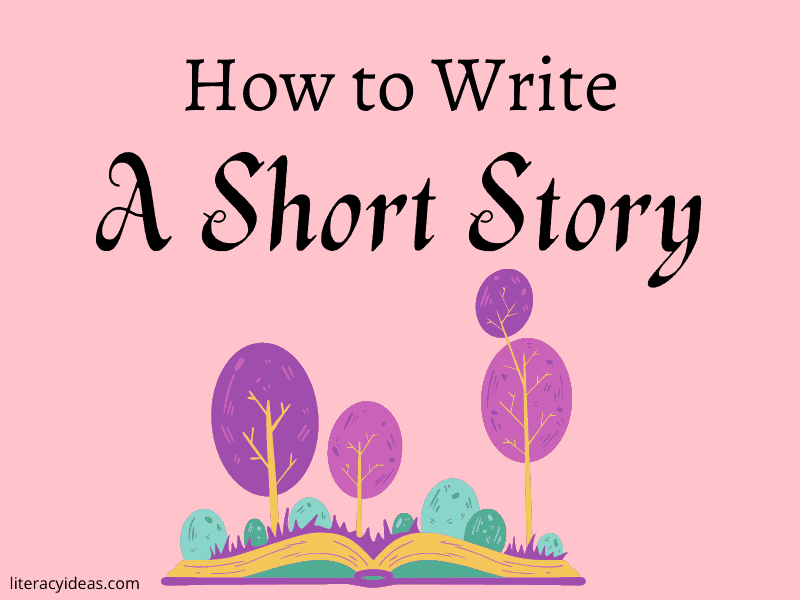
Short Story Writing for Students and Teachers
What Is a Short Story? The clue is in the title! Short stories are like novels only…well…shorter! They contain all the crucial elements of fully developed stories except on a smaller scale. In short story writing, you'll find the key story elements such as characterization, plot development, themes explored, etc, but all within a word…
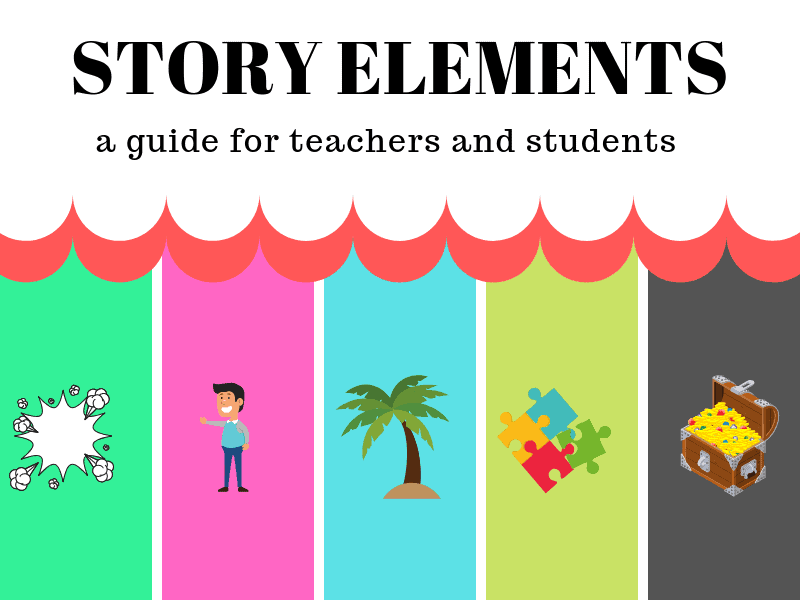
Teaching The 5 Story Elements: A Complete Guide for Teachers & Students
What Are Story Elements? Developing a solid understanding of the elements of a story is essential for our students to follow and fully comprehend the stories they read. However, before students can understand how these elements contribute to the overall meaning and effect of a story, they must first be able to identify the component…

How to write a scary story
How to Write a Scary Story: 5 Terrifying Tips to Help Students Scare the Life Out of Readers Most of us love a good scare! From our first game of peek-a-boo as a child, through those ghost stories around a campfire as a teen, surprises and a little fright or two never lose their…

Narrative Writing for Kids: Essential Skills and Strategies
It's tough getting junior writers to create a well-written story, but we have some excellent strategies and advice for teachers and students here.
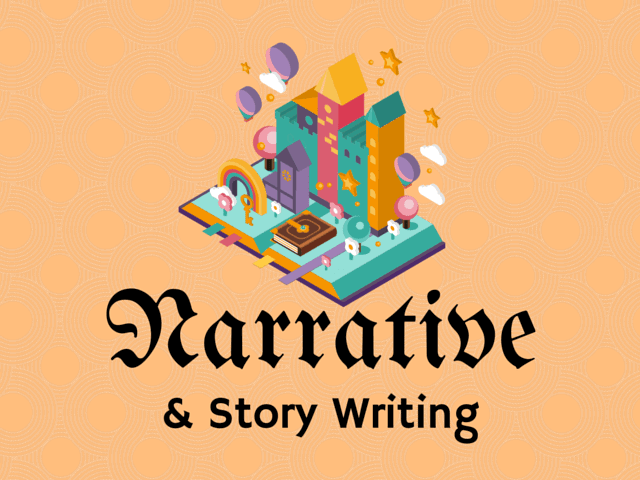
Narrative Writing for Teachers and Students: The Complete Guide
NAILING THE CRAFT OF NARRATIVE WRITING Good narrative writing skills are hard-won by our students. They build on and encourage the development of, a good grasp of the mechanics of writing. They also require the development of an additional skill set, however, namely the ability to tell a good yarn. Telling stories is as old…

5 Top Narrative Lesson Plans for Students and Teachers
Learn how to write excellent stories in a single week with this complete guide for teachers and students.

How to Write a Great Plot
What Is a Plot? When we talk of a story's plot, we typically refer to the sequence of cause and effect events that make up the storyline. The plot is arguably the most critical element of a story, though it does have one particularly tough competitor in the shape of the character-driven narrative. Character-Driven vs….
Content for this page has been written by Shane Mac Donnchaidh. A former principal of an international school and university English lecturer with 15 years of teaching and administration experience. Shane's latest Book the Complete Guide to Nonfiction Writing can be found here. Editing and support for this article have been provided by the literacyideas team.
What Is The Main Characteristic Of Narrative Writing
Source: https://literacyideas.com/how-to-write-great-characters-and-settings/
Posted by: leeyeas2002.blogspot.com

0 Response to "What Is The Main Characteristic Of Narrative Writing"
Post a Comment